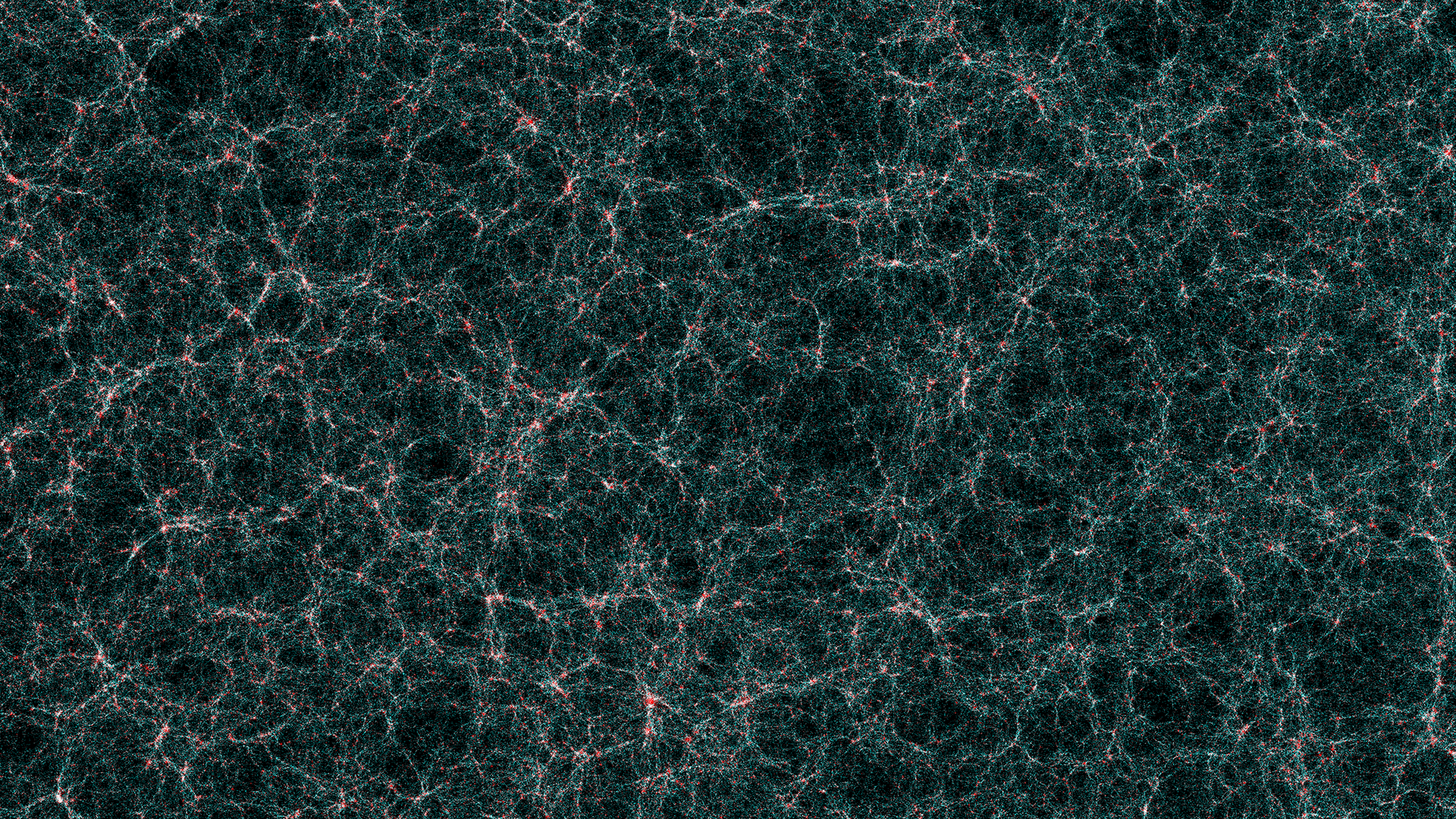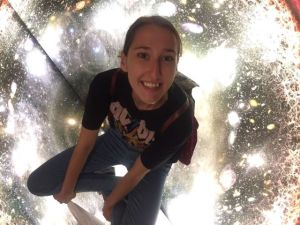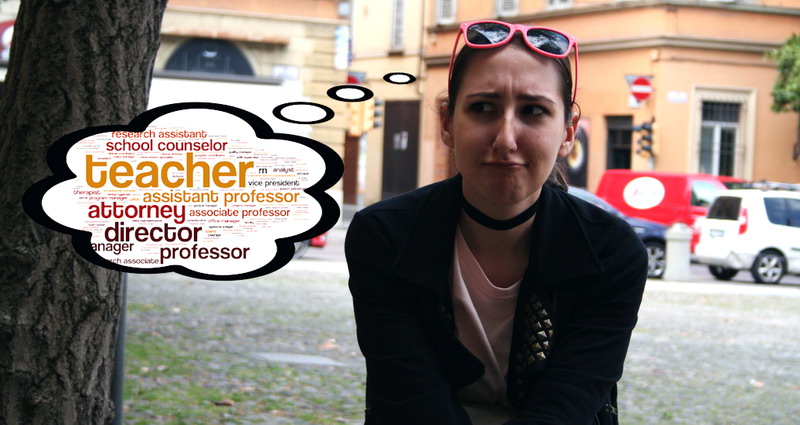Slađana Radinović is originally from Bosnia and Herzegovina. She did her bachelor’s degree in physics at the University of Novi Sad, in Serbia. After that, she did her master’s with the AstroMundus program, spending one semester in Innsbruck (Austria), one in Padova (Italy) and one in Göttingen (Germany), before going back to Padova to defend her thesis.
– After taking a gap year, I came to work at the Institute of Theoretical Astrophysics (ITA) as a PhD research fellow in September of 2019. I am a part of the Cosmology and Extragalactic Astronomy research group at the Institute, working on projects related to ESA’s upcoming Euclid mission.
Looking into cosmic voids
While her master’s thesis project was focused more on clusters of galaxies, her current research consists of looking between those clusters, at vast regions of (mostly) empty space called cosmic voids.
– Though they look at different things, both approaches have the same ultimate goal: constraining cosmological and gravitational models and discovering the nature of dark energy.

Millions of galaxies, tens of thousands of voids
Since Euclid is set to precisely measure the positions of billions of galaxies, scientists can use that data to look at properties of cosmic voids and learn something about formation of the large scale structure and the expansion of the Universe itself.
– What are you going to investigate?
– Most of my work focuses on using numerical simulations to make theoretical predictions so we know what to look for and what we can hope to see before we even get the data!, explains Slađana excited.
A single simulation box can have millions of galaxies and tens of thousands of voids, and astrophysicists often have to look at many simulations at the same time.
– Luckily, ITA has a lot of numerical resources so I never have to worry about needing a lot of processing power, she comments.

Scandinavian lifestyle
– What brought you to Oslo?
– I’ve always wanted to see what it’s like to live in Scandinavia so this position seemed like an amazing opportunity!
– I’ve since learned that Oslo, being a big city on the sea and surrounded by woods, is also a perfect place for exploration and relaxing walks.
– What is your experience at ITA so far?
– Everyone kept telling me that Norwegians are reserved and can seem a bit cold but that’s really the opposite of what I experienced here, tells Slađana.
For Slađana the vibe at ITA in particular is warm and friendly.
– There is a lot of emphasis on social activities. Even during quarantine, we made sure to have zoom coffees and zoom lunches, she adds.

